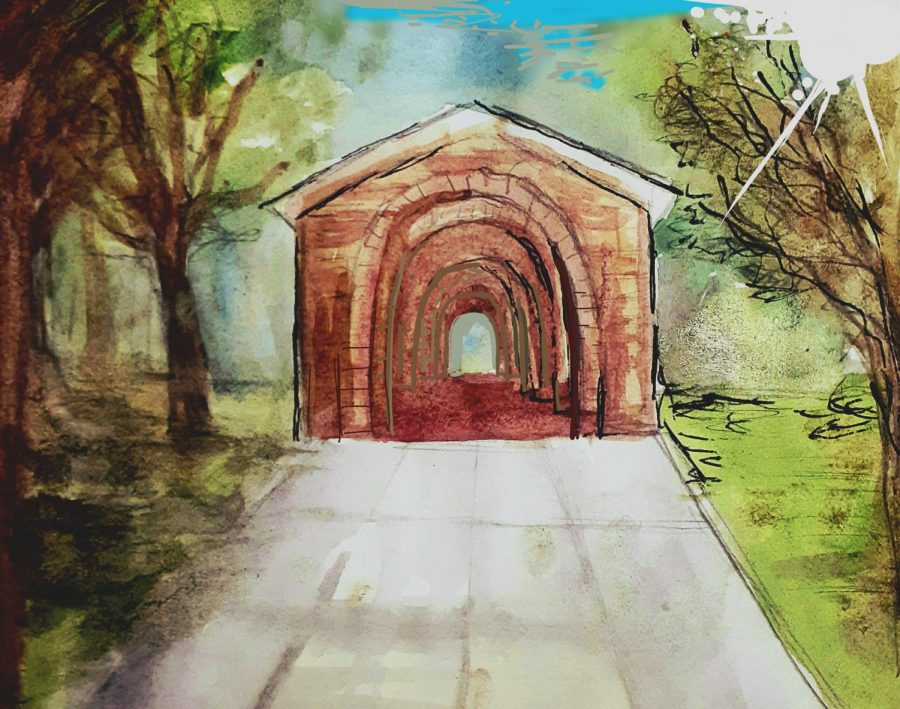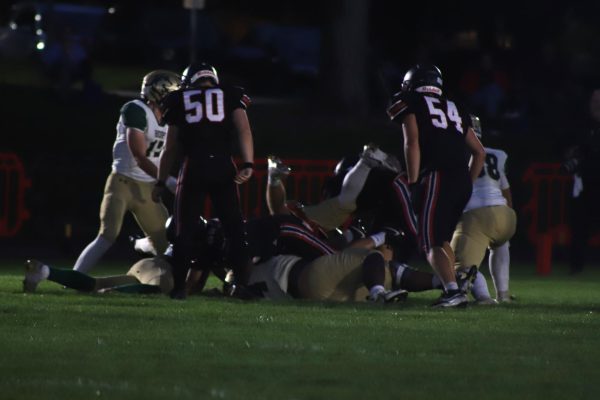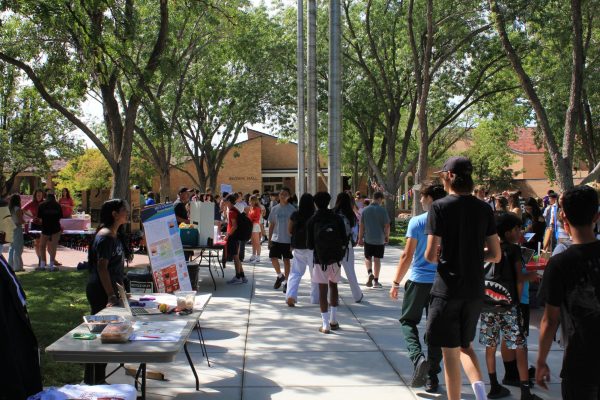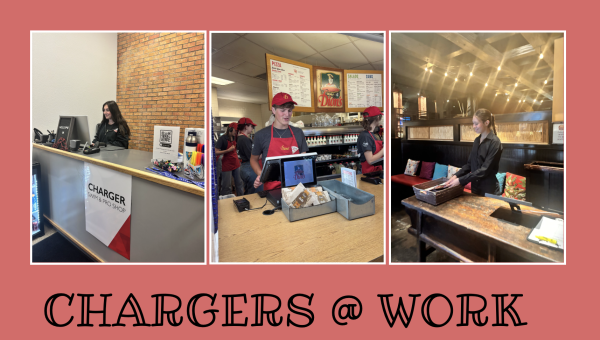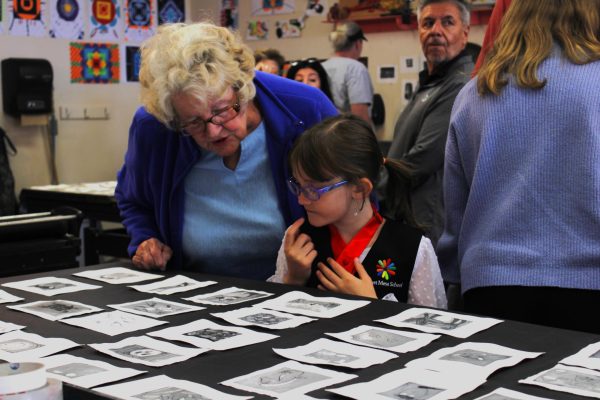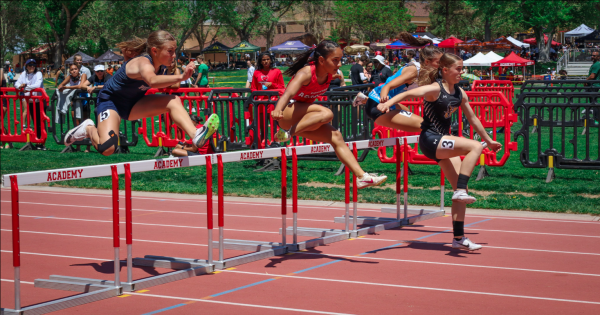Your Ideal Academy
When you think of Albuquerque Academy, what’s the first thing that comes to mind? Laughing with your friends in the commons? Asking a question in your favorite class? Maybe you imagine your fifth-grade self excitedly grinning as you scan down an acceptance letter, or your parents in the other room, talking in low voices about how – or even if – they can actually afford the tuition. Whether your feelings were of joy or nervousness, whether your memories are pleasant or difficult, each of us brings a set of expectations to our first days at the Academy.
Through listening to the voices of Academy faculty and students about a wide range of topics, The Advocate got a glimpse into what the Academy is doing well and where it could improve. Not only do these impressions foster a list of advantages and disadvantages, but they also prompt the question: what would the ideal Academy look like for students and faculty?
One consistent answer among several of our interviewees was the hope for improved connection and community integration, via both financial aid and outreach programs. When asked what he would change about the Academy if he could, Brett DePonte ‘25, said, “I would change how the 6th and 7th-grade breaks work… [to] allow both grades to visit each other at the same time for 15 minutes each day of school, instead of different times for each grade level.” This desire for an improved system of outreach seems to go beyond scheduling changes. Aidan Mckinley ‘21 commented, “I know Academy tries to be involved [in the community], but I think we can do more to integrate ourselves into the city and other schools.” After some consideration, Addison Fulton ‘22 said, “We have a reputation for prestige, but it keeps people away from the Academy. So, my ideal of Academy is one with more money funneled towards financial aid and outreach programs so we can have a more diverse school — racially, culturally, and financially.” However, students weren’t the only ones who felt this way. Long-time faculty member, teacher, and mentor Laurie Thomas supported this same idea, saying, “Ultimately, I’d like to see more scholarship funds available across the board for both low and middle-income families, and more connection and communication between the lower school and upper school, as I think there are a lot of untapped opportunities for mentorship and relationships there.”
Despite room for improvement, the Academy is viewed positively by both students and faculty members. When asked what letter grade she would give to the Academy, Jordan Berg ‘26, said, “Definitely an A+. Everyone is just so nice and supportive. Also, the food is really good.” DePonte, a fellow student in the 6-7 division, commented, “I would give the Academy an ‘A’ because my teachers encourage me to try my hardest to excel and [offer] great service to the students. Also, I like how the school encourages students to befriend many other students around the campus.” These glowing opinions aren’t exclusive to younger interviewees, either. When asked which program had affected her the most, Fulton said, “Speech and Debate. It’s given me opportunities other programs haven’t. I get to meet new people, travel, hear new ideas, and express my own.” From football to choir, faculty to cafeteria food, the Academy’s environment truly does allow many students to find a place where they can thrive.
Jade Valenzuela, ’03, Director of Diversity and Inclusion said, We can absolutely improve inclusion. Moving from diversity – okay, now we have a lot of people from a lot of different backgrounds – into making sure that everyone feels like they belong. That’s the next level.
In addition, Valenzuela pointed out what Academy has already achieved in terms of community integration, including division-wide Student Diversity Leadership clubs and four multicultural parent councils — African American, Hispanic, Asian, and Native American. However, when asked if there were any areas we could improve in, she responded, “Oh, absolutely… For a long time, this school focused on getting diversity, getting the numbers, the demographics. But we still don’t fully represent the community that we’re in, and neither does our faculty.” As she states, there’s a very important difference between the two words in her job description.
Albuquerque Academy has done a wonderful job in giving its students and faculty support networks, opportunities for growth, and a community filled with empathetic, multi-talented people. So, with all this success behind us, let’s now listen to the student and faculty body and work whole-heartedly towards a more diverse, integrated, and, most importantly, inclusive future.


